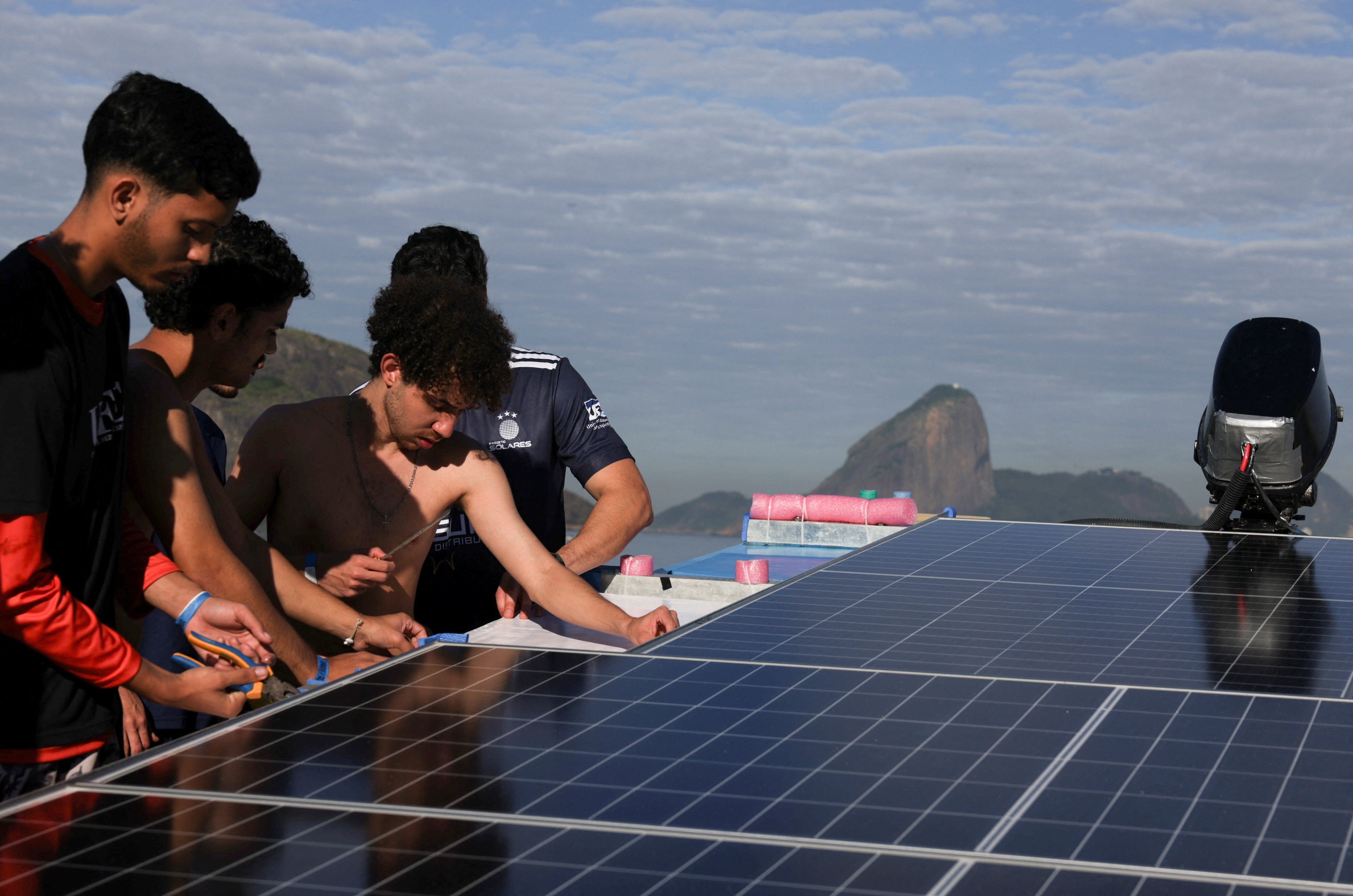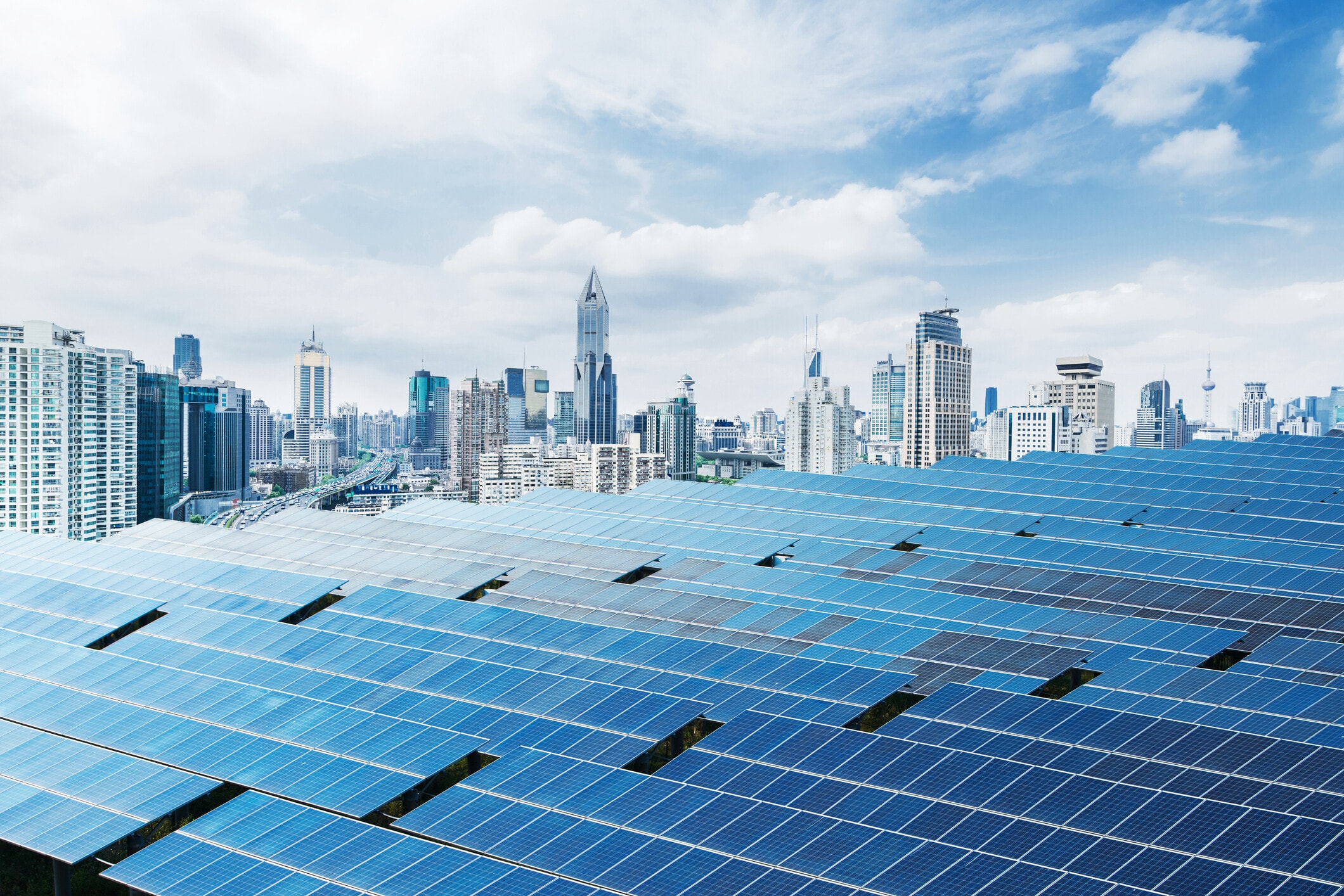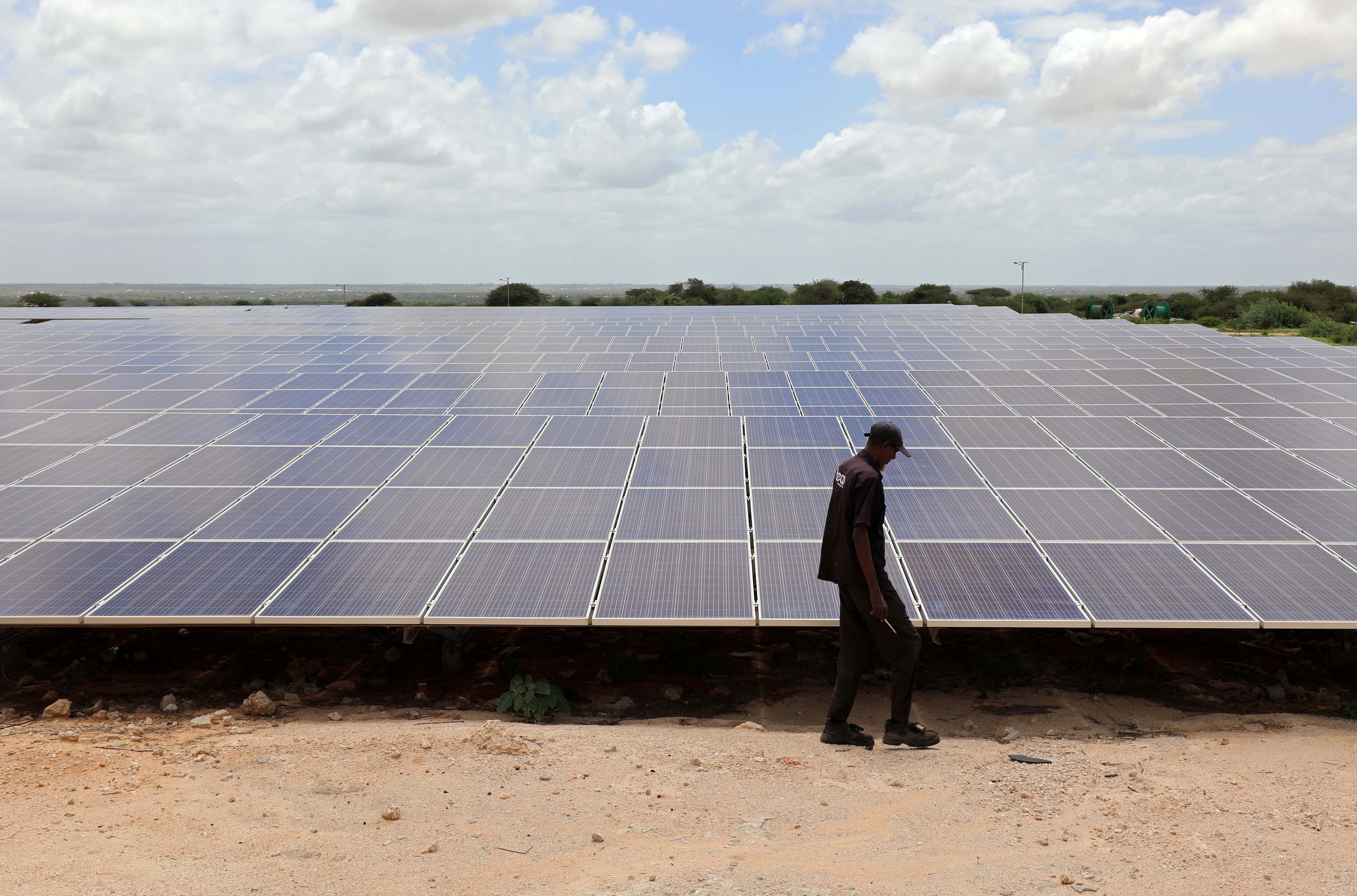How can the energy sector engage more young people?

Stay up to date:
Energy Transition
We hear it every day, young people aren’t engaged, and they don’t care.
In the world of energy, this is far from the truth. The young people of today have strong moral values, they care about the future of energy and they want to make a difference. But, there is one serious barrier to them getting involved – accessibility of reliable information and forums for engagement. The energy debate is so polarized it is difficult for young people to discern who they should believe, and the unbiased information that does exist is often buried in 300 page academic reports or is distributed via media channels that young people never glance at. For the insta-generation that grew up on YouTube and Facebook, energy information simply does not match how they learn.
At Student Energy, we are in the business of youth empowerment. We have conducted research on barriers to engagement with hundreds of young people from around the globe and two things have become clear: they want a sustainable energy future, but they do not have a good entry point for learning about energy.
Here’s the deal. We all know that a vast amount of energy information exists, the problem is the methods organizations often use to influence in global politics and opinions do not work well with millennials. Print media is the prime example. Many organizations validate their level of influence by landing coverage of their work in newspapers, preferably on the front page, and above the fold – the better the position of the story, the greater its influence. Print readership is dwindling across the board, but when it comes to millennials newspapers are a relic from another era. In Canada, for example, only 7% of people aged 18-34 claim to look at print media.
This illustrates the crux of the issue for millennials that want to engage with energy. The organizations working to change the future by influencing politicians are communicating in a way that inadvertently ignores young people (aka the leaders of 2030 and 2050). Print media is just one of many examples: reports filled with jargon, long lectures and clunky websites all fall short of providing an entry point for young people to get informed.
There are some notable examples of groups who have managed to successfully engage young people – think Barack Obama’s campaign, the Kony video or the New York Climate March. Yet, for young people interested in energy, trust is still a key factor missing in communications efforts.
When millennials want to be informed, they are looking for the whole truth. Growing up in the information age has honed their ability to sense when people are bending the truth, and has made them suspicious that the big oil companies and the environmental groups alike are all leaving out some of the facts. Nine times out of 10 the campaigns that are good at reaching young people are looking to influence them, not inform them – and the target audience is well aware of this.
From Greenpeace vs. Shell in the artic, to the simultaneous problems of energy poverty and the need to cut carbon, the energy debate could not be more polarized. Rather than choosing sides, students are often stuck in the middle, unsure of who to believe.
Apathy is not the problem. Young people care, but they simply aren’t willing to enter into this global shouting match when they don’t have all the facts. This generation has had enough of polarization. In talking about their futures, young people do not sit around debating if they would rather have a vibrant economy or a healthy environment when they turn 50. They want both, and they refuse to believe that it has to be one or the other.
Millennials are willing to work hard to create a sustainable energy future. We just need to empower them by creating the right entry point so they can get in the game.
Author: Kali Taylor, co-founder and the Executive Director of Student Energy
Image: People watch photovoltaic (solar) panels during the ‘Intersolar’ Europe trade fair in Munich June 5, 2014. REUTERS/Michaela Rehle
Don't miss any update on this topic
Create a free account and access your personalized content collection with our latest publications and analyses.
License and Republishing
World Economic Forum articles may be republished in accordance with the Creative Commons Attribution-NonCommercial-NoDerivatives 4.0 International Public License, and in accordance with our Terms of Use.
The views expressed in this article are those of the author alone and not the World Economic Forum.
Related topics:
Forum Stories newsletter
Bringing you weekly curated insights and analysis on the global issues that matter.
More on Energy TransitionSee all
Eneida Licaj and Genevieve Sherman
September 10, 2025
Thomas Kiessling
September 10, 2025
Rosa Kariger
September 8, 2025
Maciej Kolaczkowski
September 8, 2025
Mohamed Okash
September 5, 2025
Volker Sick
September 4, 2025





